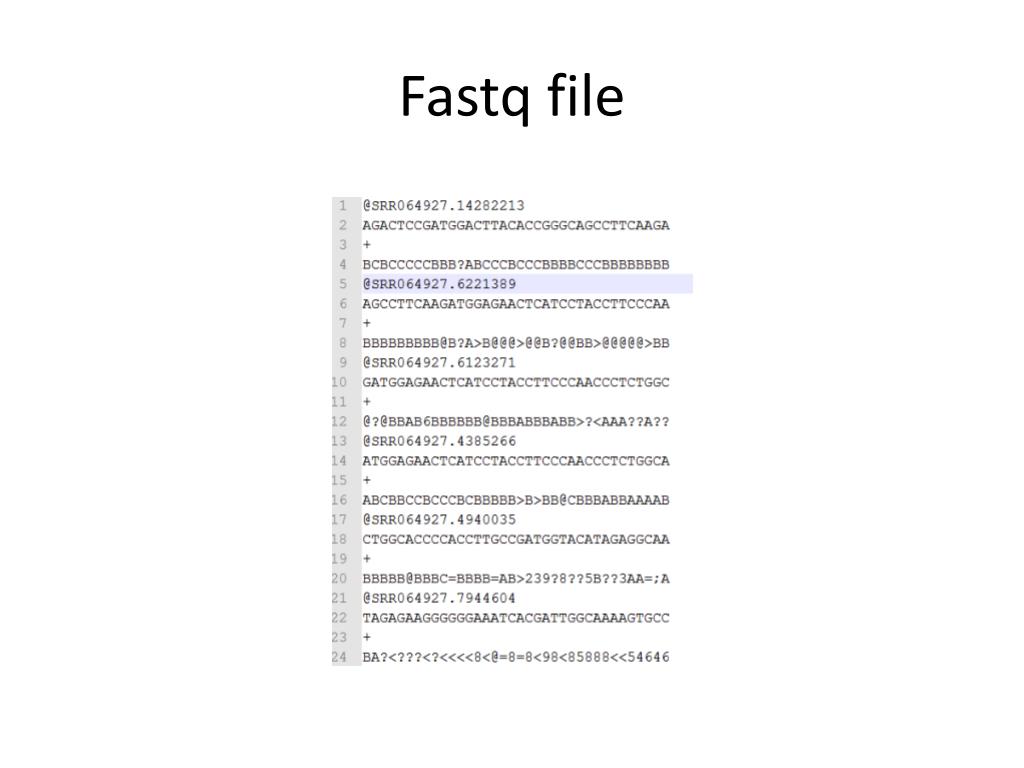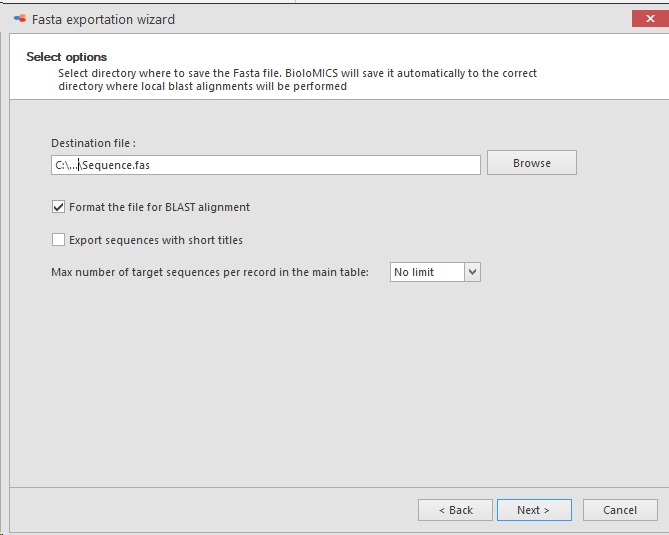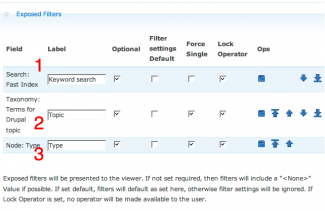

Specific extensions exist for nucleic acids (.fna), nucleotide coding regions (.ffn), amino acids (.faa), and non-coding RNAs (.frn). fas extension, are used by most large curated databases.

The FASTA bioinformatics tool was invented in 1988 and used for performing sensitive sequence alignments of DNA or protein sequences. The Different Bioinformatics File Types.

Let’s look at the evolution of sequence file formats in bioinformatics. Today, a plethora of different file formats are used, from the simplest FASTA format, which includes sequence data with a description, to more complex formats such as General Feature Format (GFF), which displays detailed genomic features. Yet, these have significant limitations: Plain text files can’t be annotated with chromosome, quality, functional, or other information required in modern-day bioinformatics. txt files) were used for storing sequence data using the single nucleotide or amino acid code. Initially, simple text files (think your regular, old. As biological data has gone digital, with terabytes of sequence data being stored on servers worldwide, several different file types and formats have arisen.


 0 kommentar(er)
0 kommentar(er)
